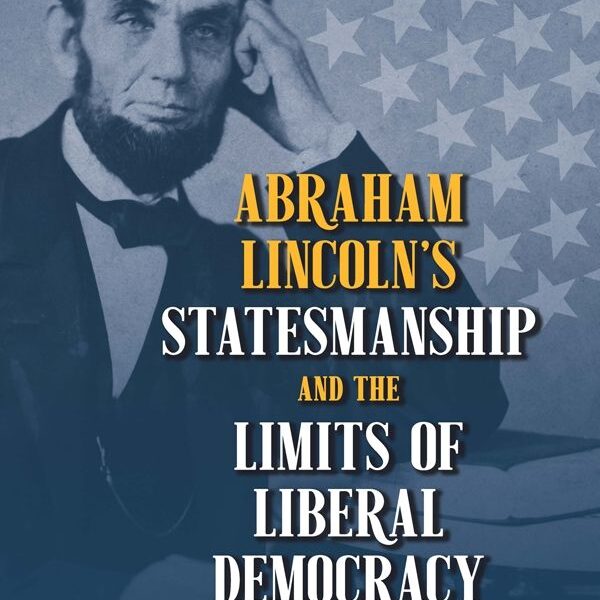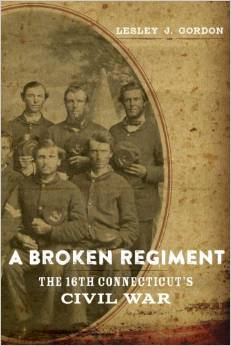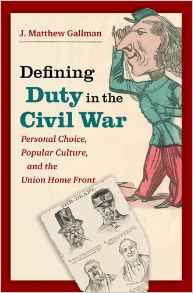For years, historians have found the diary of Second Lieutenant John Edward Dooley, of Company C of the First Virginia Infantry Regiment, a valuable resource. What they did not know, however, was that the original edition of the diary, edited and published in 1945 by Joseph Durkin, contained only part of Dooley’s extensive wartime writing. The current volume, edited by Robert Emmett Curran, provides readers with a complete picture of Dooley’s Civil War experiences. Curran sorted through nine different sets of diaries and reminiscences to piece together Dooley’s wartime story and also included a brief defense, written by Dooley in early 1861, of secession, as well as a poem from 1870 about Reconstruction. Including Dooley’s writings from before and after the Civil War offers readers a more complete picture, something often absent in edited collections of soldiers’ accounts.
Dooley’s diary is useful for two important reasons. The first being that Dooley’s time as a soldier encompasses a wide array of experiences. Dooley, who enlisted in 1862, provides extensive discussion of his participation at Second Bull Run, Antietam, Fredericksburg, and Gettysburg, but also includes an extensive assessment of winter encampment. Captured after the Pickett-Pettigrew-Trimble assault at Gettysburg, Dooley spent over 20 months in Johnson’s Island, Ohio. Dooley’s diary, therefore, is also important because much of it is devoted to discussing his captivity. The diary is also significant because of what it reveals about the postwar period. In the years following the Civil War, Dooley edited larger portions of the diary and his revisions incorporated strains of Lost Cause thought. And, if Dooley’s addition of Lost Cause ideology is important, so is his analysis of the role of Irish soldiers. Dooley’s diary should serve as a nice counterpoint to the standard image of Irish Americans as soldiers in the Union army or as draft rioters. Dooley consciously compared “Northern aggression” toward the South with “English aggression” in Ireland, not surprising given that he was a southerner, but Dooley’s attitude toward the northern Irish was actually quite complex. He seemed to delight in deriding Irish soldiers for fighting on the side of oppression and tyranny, but nevertheless viewed the Irish soldiers in the Union army with some measure of admiration and found in them the reason why the North ultimately won the Civil War. This stance is particularly striking, given what Margaret Creighton discusses in The Colors of Courage about the vilification of immigrant soldiers by northern citizens in the aftermath of the Gettysburg Campaign.
There are, of course, other things readers can learn from Dooley’s diary. For one, Dooley renders several different perspectives on the religious life of soldiers. The Catholic Dooley often had to defend his faith or engage in debates with Protestants, a fact that provides a window into the Catholic experience in the Confederate army. On the other hand, while encamped in Virginia, Dooley contends that many of his fellow soldiers were rather lackadaisical about religion. Dooley’s diary, therefore, might help historians analyze the Catholic experience and form more nuanced conclusions about religious observation within Civil War armies. Dooley’s diary is also interesting both for his use of humor and for the fact that he does not spare readers the gory details of battle and its aftermath. He often notes humorous anecdotes, discussing their use both as a disciplinary function (for haughty or proud soldiers) and as evidence of the somewhat lax discipline of the Rebels. This humor is a stark contrast to some of Dooley’s thoughts on suffering and privation—stories of maggots being extracted from wounds and arms dangling gruesomely by flaps of skin. That Dooley does not present a sanitized version of the Civil War is significant and the fact that he takes the reader with him into the chaos of battle is much appreciated. Finally, Dooley’s diary will also appeal to historians because of the amount of time Dooley spent as a prisoner. He provides an extended, if biased, account of life at Johnson’s Island, discussing, in great detail, the quotidian details of prison life such as the vermin, attempts to escape, the lack of food, and how prisoners attempted to escape boredom.
Still, utility of the diary aside, historians need to treat this source carefully. Dooley includes lengthy speeches by civilians and fellow soldiers, but these dialogues were edited after the war. Here we face the problem of accuracy and some of the shortcomings of reminiscent testimony. More important, readers need to be wary of Dooley’s personal biases. Not surprisingly, Dooley portrays the “Yankees” as uncivilized barbarians, vandals, hypocrites, and mercenaries. That Dooley exaggerates the negative qualities of his enemies should stun no one—nor should the fact that Dooley often overlooks the unsavory conduct of his Confederate comrades. During the Maryland and Gettysburg campaigns, Dooley decries the fact that rebel generals like Lee and Montgomery Corse prevented thievery. Dooley writes, with a bitter edge, “our men, having been witnesses of the devastation of fields through the entire state of Virginia, refused to understand why we should spare the fields of those, who, if they were not actually hostile themselves, were supporting a hostile government” (35). This perspective avoids the reality of the fact that Rebels were quick to take from northerners when they were campaigning and from Unionists in the Confederate states. Furthermore, while Curran is correct that the Lost Cause affects this diary, we must be careful not to exaggerate this point. Dooley writes, on one hand, that he wished the northerners had captured Longstreet at Gettysburg and on the other hand that, when Lee sent Longstreet and two divisions to North Carolina to gather supplies for the army, “General Lee has deprived himself of one of his best generals and two of his best divisions” (140). This dual perception of Longstreet should suggest that while Dooley was influenced by the Lost Cause, there are places where Dooley departed from orthodoxy. Criticisms aside, this is an important collection and should prove useful for both a scholarly and a lay audience.
Evan C. Rothera is a doctoral candidate in history at Pennsylvania State University.





